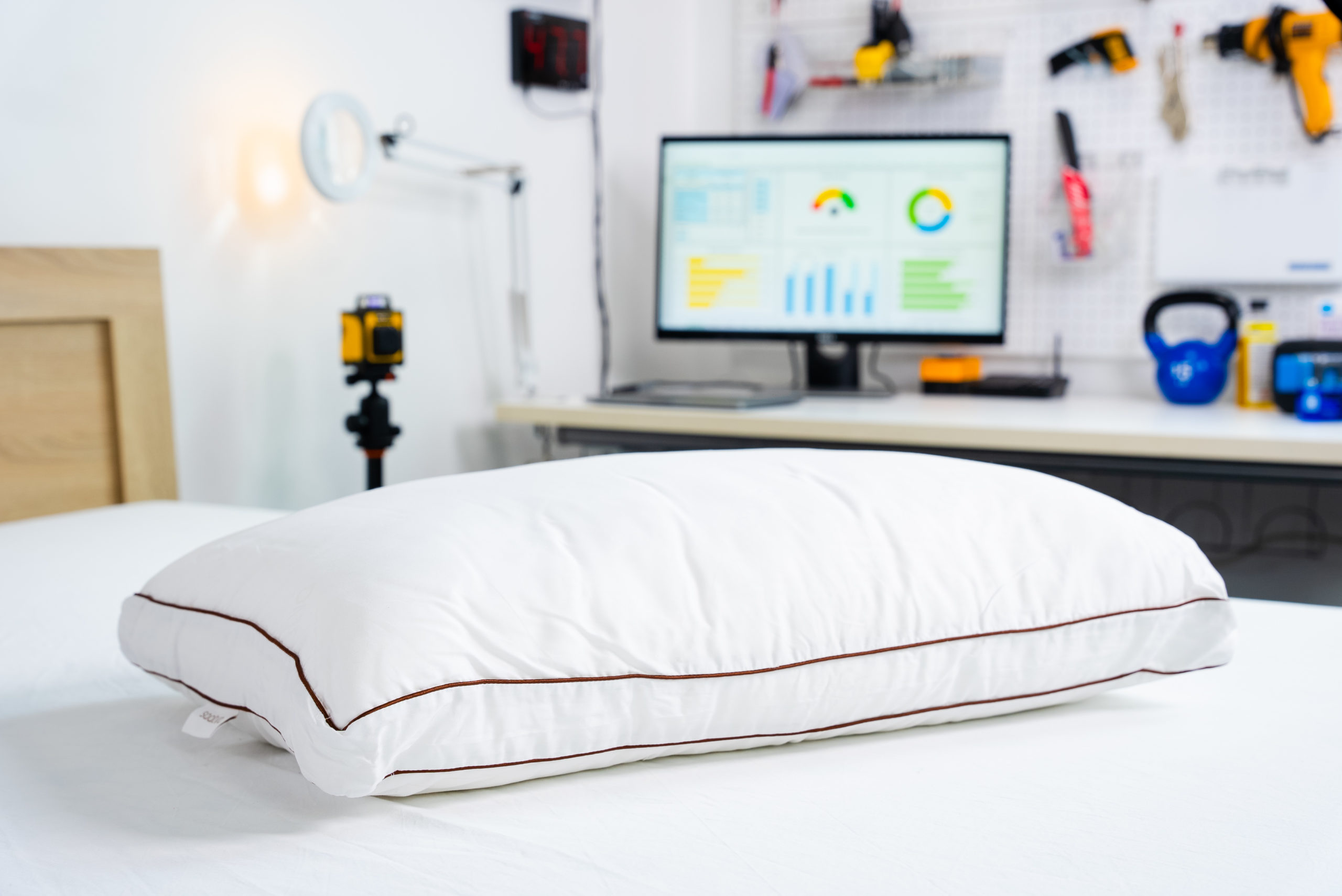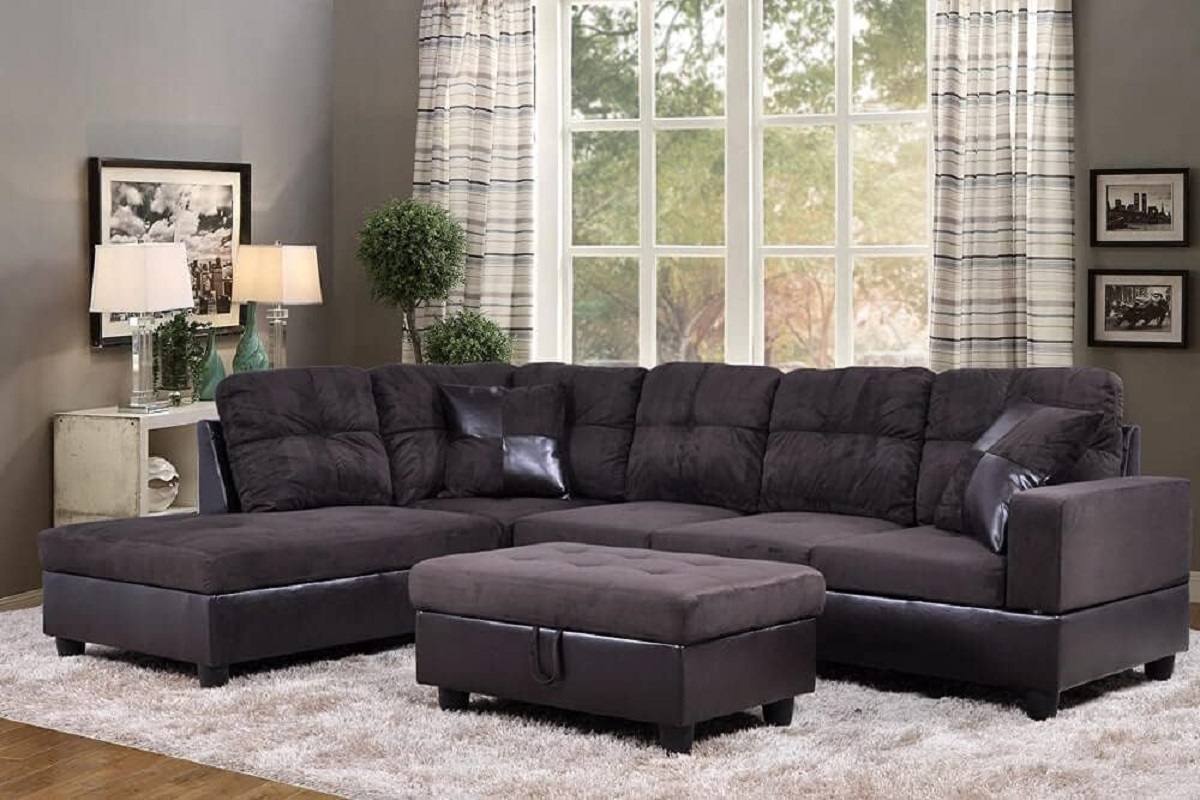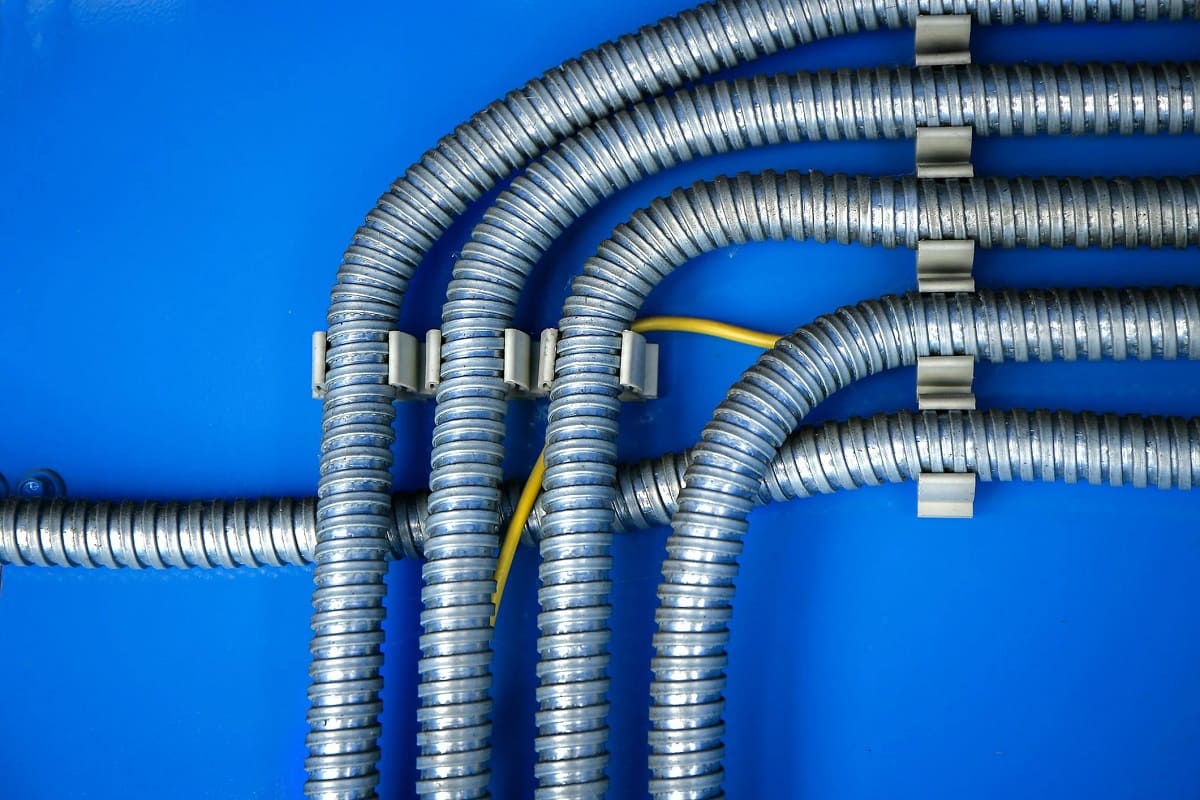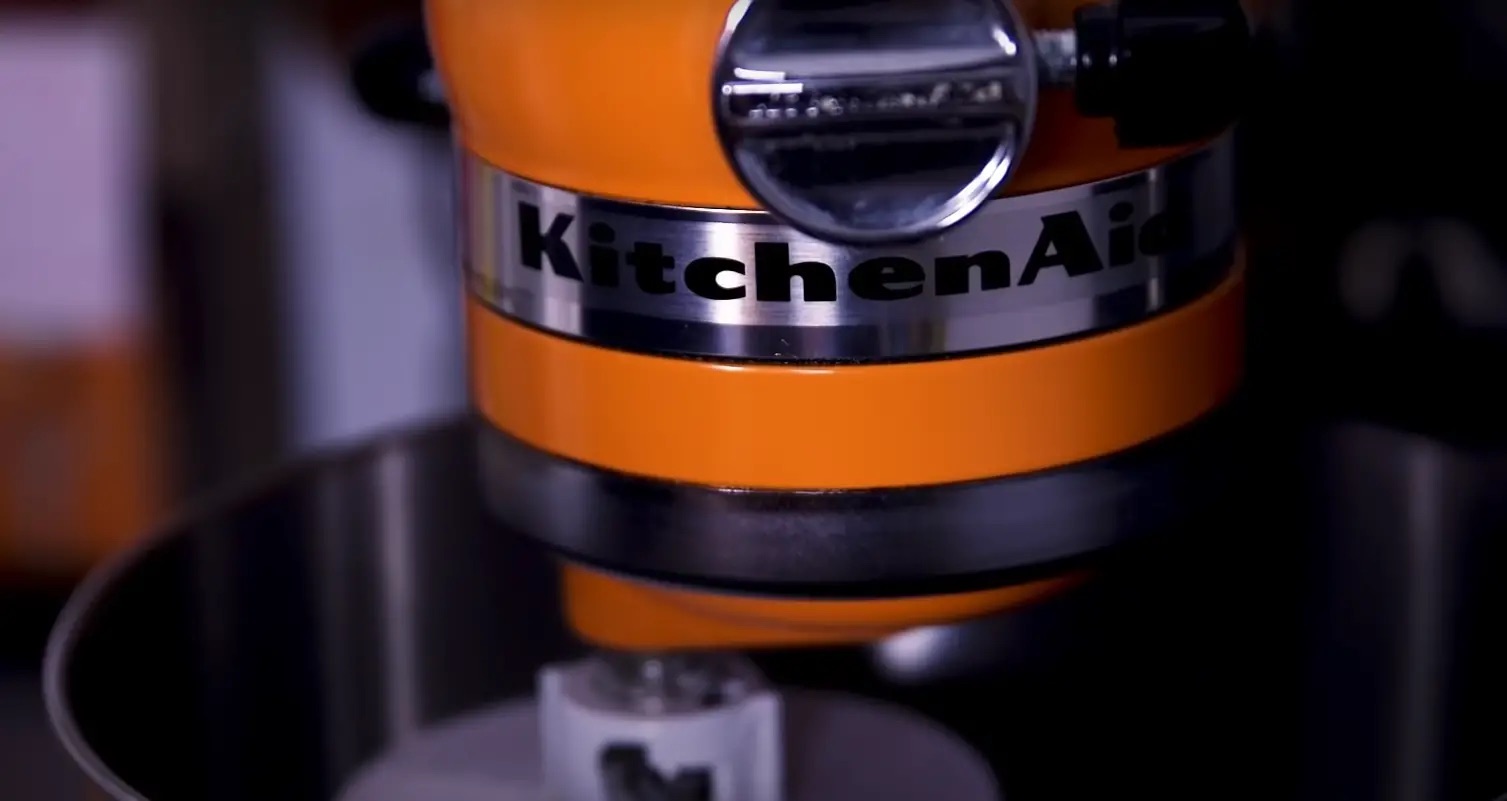

Articles
Why Are Pillows So Expensive
Modified: January 19, 2024
Discover the reasons why articles on pillows can be so expensive. Explore the factors that contribute to their high price tags and find out if it's worth the investment.
(Many of the links in this article redirect to a specific reviewed product. Your purchase of these products through affiliate links helps to generate commission for Storables.com, at no extra cost. Learn more)
Introduction
Pillows, a seemingly simple household item, can vary greatly in price. From the affordable options found in discount stores to the luxurious pillows that come with a hefty price tag, many people wonder why there is such a wide range in cost. The truth is, there are several factors that contribute to the expense of pillows. In this article, we will explore the reasons behind the high price points of these comfort essentials.
The cost of materials, manufacturing and labor, research and development, branding and marketing, distribution and retail markup, customization and special features, as well as the durability and lifespan of pillows, all play a role in determining how expensive they can be. Additionally, environmental and sustainability factors are becoming increasingly important in the production of pillows. By understanding these factors, we can gain insight into why pillows can sometimes seem disproportionately expensive.
So, without further ado, let’s dive into the details and shed light on why pillows are so expensive.
Key Takeaways:
- The price of pillows is influenced by the use of high-quality materials, manufacturing and labor costs, research and development investments, branding and marketing efforts, distribution and retail markup, customization, and special features, as well as the durability and lifespan of the pillows.
- Environmental and sustainability factors also contribute to the expense of pillows, with manufacturers investing in sustainable materials, eco-friendly production practices, and ethical sourcing, which align with the growing consumer demand for environmentally conscious options.
Read more: Why Is HVAC So Expensive
The Cost of Quality Materials
One of the key factors that contribute to the high price of pillows is the use of quality materials. Pillows made with high-quality materials, such as organic cotton, down feathers, memory foam, or hypoallergenic fibers, tend to be more expensive than their lower-quality counterparts.
These materials not only provide superior comfort and support but also require careful sourcing and processing. For example, down feathers used in pillows need to be ethically sourced and carefully cleaned to ensure quality and durability. Similarly, organic cotton requires a meticulous farming and manufacturing process, which can drive up the cost.
The use of these premium materials adds value to the pillow and enhances its overall performance. They provide better breathability, temperature regulation, and support, ensuring a comfortable sleep experience. However, the high cost of these materials is passed on to the consumer, making pillows made with quality materials more expensive.
Furthermore, the cost of raw materials often fluctuates due to factors such as market demand, availability, and production costs. These fluctuations can impact the production cost of pillows, resulting in price variations.
While there are more affordable options available that use synthetic materials or lower-grade fillings, they may not offer the same level of comfort or longevity as pillows made with higher-quality materials. Investing in a pillow with quality materials can provide better sleep and long-term benefits, making it worth the higher price for many consumers.
Manufacturing and Labor Costs
Another factor that contributes to the high price of pillows is the cost of manufacturing and labor. The intricate process of manufacturing pillows involves several steps that require skilled labor, machinery, and quality control measures.
Manufacturing pillows involves cutting and sewing fabrics, filling them with the desired material, and stitching them together. These tasks are often performed by experienced workers who ensure that the pillows meet quality standards. The cost of employing skilled labor and maintaining the production facilities adds to the overall manufacturing cost.
In addition to the labor costs, there are expenses associated with the machinery and equipment required for manufacturing pillows. These machines need to be regularly maintained, calibrated, and replaced if necessary. Such costs are factored into the final price of each pillow.
Moreover, quality control measures are implemented throughout the manufacturing process to ensure that the pillows meet the specified standards. This includes thorough inspections, testing for durability and safety, and complying with industry regulations. The investment in quality control helps maintain the reputation of the manufacturer and increases the overall cost of production.
Furthermore, manufacturers often need to comply with ethical and environmentally friendly production practices, which can involve additional costs. For instance, some manufacturers prioritize fair trade practices, ensuring that workers are paid fair wages and work in safe conditions. Others may opt for eco-friendly production methods or use recycled materials, adding to the expenses.
All these factors contribute to the manufacturing and labor costs associated with pillows. The expenses incurred in producing high-quality pillows with skilled labor, maintaining machinery, implementing quality control measures, and adhering to ethical and sustainable practices all contribute to the higher price tag of pillows.
Research and Development Expenses
Behind every innovative and technologically advanced pillow is a significant amount of research and development (R&D) investment. Pillow manufacturers invest heavily in R&D to create new designs, enhance comfort and support, and develop innovative materials and technologies.
Developing a new pillow design or improving an existing one involves extensive research to understand sleep patterns, spinal alignment, pressure points, and other factors affecting sleep quality. This research is typically conducted in collaboration with sleep experts and scientists, adding to the costs.
R&D also encompasses testing different materials, fillings, and fabric technologies to ensure optimal performance and durability. This includes exploring new materials, such as cooling gels or adaptive foams, that enhance breathability and regulate temperature during sleep.
Additionally, manufacturers invest in R&D to improve the sustainability of their products. They explore eco-friendly alternatives, develop recycling programs, and implement sustainability practices throughout the production process. These initiatives require dedicated resources and add to the overall R&D expenses.
While R&D expenses might not be visible to consumers, they are crucial in driving innovation and improving product quality. The investment in research and development advancements directly influences the price of pillows as manufacturers seek to recover these costs.
By investing in R&D, pillow manufacturers strive to create products that offer optimal comfort, support, and durability. These advancements can provide consumers with a better sleep experience and make the higher price of pillows more justifiable for those seeking innovative and technologically advanced sleep solutions.
Branding and Marketing
Branding and marketing efforts play a significant role in the pricing of pillows. Creating a strong brand identity, establishing a reputation for quality, and reaching target consumers all require strategic marketing campaigns and investments.
Promoting a pillow brand involves various marketing activities, such as advertising, public relations, social media campaigns, and influencer collaborations. These initiatives help create awareness and build a positive perception of the brand among consumers.
Building a reputable brand often involves partnering with sleep experts, interior designers, and other influential figures in the industry. These collaborations and endorsements convey a sense of credibility and expertise, which can justify higher prices for the brand’s pillows.
Branding also involves investing in packaging and presentation. Designing visually appealing packaging and ensuring a luxurious unboxing experience adds to the overall cost. These elements contribute to the brand’s image and enhance the perceived value of the product.
Marketing expenses, such as photography, graphic design, and website development, are also important factors in the pricing of pillows. Creating visually appealing and user-friendly websites, producing high-quality product images, and engaging in digital marketing strategies all require financial investments.
Furthermore, establishing a retail presence, whether through brick-and-mortar stores or e-commerce platforms, incurs additional costs such as store rentals, staff salaries, and fulfillment services. These costs are factored into the pricing of the pillows.
By investing in branding and marketing efforts, pillow manufacturers aim to differentiate their products from competitors, create an emotional connection with consumers, and command higher prices based on brand perception. While these expenses may not directly impact the pillow’s quality or materials, they contribute to the overall pricing strategy of the brand.
When looking for a pillow, consider the materials used, such as memory foam or down, as well as the pillow’s durability and support. Investing in a high-quality pillow can improve sleep and overall well-being.
Read more: Why Are Rugs So Expensive
Distribution and Retail Markup
Once pillows are manufactured, the next step is getting them into the hands of consumers. This process involves distribution, which includes shipping, warehousing, and logistics, as well as the retail markup that is applied when pillows are sold to consumers.
Distribution costs can be significant, especially for companies that distribute their pillows nationally or internationally. Shipping pillows from manufacturing facilities to distribution centers, then to retailers or directly to consumers, requires transportation, packaging, and handling. These costs contribute to the overall price of the pillow.
Additionally, warehousing costs play a role in the pricing. Storing inventory in warehouses, both owned or leased, incurs expenses such as rent, maintenance, and staffing. These costs are taken into account when determining the final price of the pillows.
Once pillows reach retailers, a retail markup is applied to cover the store’s operational expenses, overhead costs, and profit margin. The retail markup can vary significantly depending on the type of retailer and their pricing strategy. Brick-and-mortar stores may have higher markup rates to cover physical store expenses, while online retailers may have lower markup rates due to lower overhead costs.
It’s important to note that the retail markup is not solely for profit. Retailers need to cover their expenses, such as rent, utilities, staff salaries, marketing, and other operational costs, ensuring the sustainability of their business. The retail markup allows retailers to offer a convenient shopping experience and provide customer support services.
Furthermore, retailers often offer discounts, promotions, and sales events, which can impact the final price of pillows. These discounts can be a result of seasonal sales, clearance events, or marketing strategies to attract customers. The strategic pricing decisions made by retailers ultimately affect the price point at which consumers can purchase the pillows.
Overall, the distribution process and retail markup contribute to the final price of pillows. These expenses encompass logistics, warehousing, retailer operational costs, and the necessary profit margins to support the distribution chain and maintain the retail business.
Customization and Special Features
Customization and special features are aspects that can significantly contribute to the price of pillows. Many manufacturers offer customizable options that allow customers to personalize their pillows according to their individual preferences and needs.
Customization options may include selecting the firmness level, size, or fillings of the pillow. Some manufacturers even offer tailored pillows based on sleep positions or specific health conditions. These customization options require additional production steps and can involve manual labor or specialized machinery, which can increase the cost of the pillow.
Special features are another factor that can impact the price of pillows. Manufacturers innovate by incorporating advanced technologies into pillows to enhance comfort and provide unique benefits. These features could include cooling properties, moisture-wicking fabrics, adjustable loft, or even built-in electronics for sleep tracking.
Implementing these special features often involves research, development, and patenting costs. Manufacturers invest in designing and engineering these technologies to differentiate their products. The expenses associated with developing and integrating these special features into pillows contribute to the higher price tag.
Furthermore, the use of premium fabrics, such as Egyptian cotton or silk, can also increase the cost. These luxurious materials not only add an element of luxury and comfort but also require careful sourcing and processing, which can increase production expenses.
While customization and special features may not be essential for everyone, they cater to those seeking a personalized and enhanced sleep experience. The additional attention to detail, manual labor, and advanced technologies involved in providing these options justify the higher price point for those willing to invest in a tailored and feature-rich pillow.
The Durability and Lifespan of Pillows
When considering the cost of pillows, it’s important to take into account their durability and lifespan. The quality and construction of a pillow play a significant role in determining how long it will last and maintain its shape and support.
Pillows made with high-quality materials and superior craftsmanship are designed to withstand regular use over an extended period. These pillows often have reinforced stitching, durable fabrics, and resilient filling materials that can withstand compression and maintain their loft.
On the other hand, lower-priced pillows may be made with less durable materials and have simpler construction. These pillows may lose their shape, flatten, or develop lumps more quickly, requiring replacement within a relatively short time frame.
Investing in a high-quality, durable pillow can result in a longer lifespan, which can offset the higher upfront cost. A durable pillow will maintain its shape and support for an extended period, reducing the need for frequent replacements and ultimately saving money in the long run.
Additionally, manufacturers of high-quality pillows often offer warranties or guarantees to back the durability and longevity of their products. This provides consumers with peace of mind and further justifies the higher price point.
It’s worth noting that proper care and maintenance can also impact the lifespan of a pillow. Following manufacturer instructions for cleaning and care, as well as using pillow protectors and regularly fluffing and rotating the pillow, can help extend its durability and lifespan.
Ultimately, the durability and lifespan of a pillow can affect its overall value. While a more expensive pillow may have a higher upfront cost, its ability to maintain shape, support, and comfort over time can make it a worthwhile investment.
Environmental and Sustainability Factors
In recent years, environmental and sustainability factors have become increasingly important considerations in the production of pillows. Many consumers are now seeking eco-friendly and sustainable options, which can impact the pricing of pillows.
Pillow manufacturers are making efforts to reduce their environmental footprint by using sustainable materials and adopting eco-friendly production practices. This includes sourcing materials that are organic, recycled, or biodegradable, and implementing energy-efficient manufacturing processes.
The use of sustainable materials, such as organic cotton, bamboo fibers, or recycled polyester fillings, often comes at a higher cost than conventional materials. Ethical sourcing and production methods, fair-trade practices, or certifications such as GOTS (Global Organic Textile Standard) add value but also increase the price of pillows.
Furthermore, implementing eco-friendly production practices involves investing in renewable energy sources, reducing waste, and minimizing the use of harmful chemicals. These sustainable efforts contribute to the overall production cost, which in turn affects the price of the pillows.
Manufacturers that prioritize sustainability may also participate in initiatives such as carbon offset programs or reforestation projects. These commitments require additional investments and can influence the pricing of pillows.
Additionally, eco-conscious packaging and shipping practices, such as using recyclable materials or minimizing packaging waste, can impact the overall cost of pillows.
Consumers who place a premium on sustainability and environmental responsibility are often willing to pay a higher price for pillows that align with their values. The investment in eco-friendly materials and practices allows manufacturers to cater to this growing segment of the market and contribute to a more sustainable future.
While environmentally friendly options may come with a higher price tag, they offer the satisfaction of knowing that the pillow has been produced with a focus on minimizing environmental impact and promoting sustainability.
Read more: Why Are Mirrors So Expensive
Conclusion
Pillows, though seemingly simple, can vary greatly in price. The factors contributing to their expense are multifaceted and include the cost of quality materials, manufacturing and labor costs, research and development expenses, branding and marketing efforts, distribution and retail markup, customization and special features, as well as the durability and lifespan of the pillows. Additionally, environmental and sustainability factors have become increasingly important in the production process.
The use of high-quality materials, such as organic cotton, down feathers, or memory foam, adds value to pillows but also increases their price. Manufacturing and labor costs, along with research and development expenses, ensure the production of pillows that meet quality standards and incorporate innovative features.
Branding and marketing initiatives build awareness and establish a reputation for pillow brands, influencing pricing strategies. Distribution and retail markup cover the costs associated with getting pillows into the hands of consumers, supporting the operational expenses of retailers.
Customization options and special features provide personalized experiences and enhanced comfort, but also contribute to the higher price point. The durability and lifespan of pillows play a significant role in their value, with higher-quality pillows often lasting longer and justifying their higher cost over time.
Lastly, the focus on environmental and sustainability factors in pillow production adds to the expense. Utilizing sustainable materials, implementing eco-friendly practices, and supporting ethical sourcing contribute to the higher price of eco-conscious pillows.
In conclusion, the price of pillows is a reflection of the various factors involved in their production, including the quality of materials, manufacturing and labor costs, research and development investments, branding and marketing efforts, distribution and retail markup, customization and special features, durability and lifespan considerations, as well as environmental and sustainability factors. By understanding these factors, consumers can make informed choices and invest in pillows that align with their preferences and priorities.
Frequently Asked Questions about Why Are Pillows So Expensive
Was this page helpful?
At Storables.com, we guarantee accurate and reliable information. Our content, validated by Expert Board Contributors, is crafted following stringent Editorial Policies. We're committed to providing you with well-researched, expert-backed insights for all your informational needs.














0 thoughts on “Why Are Pillows So Expensive”